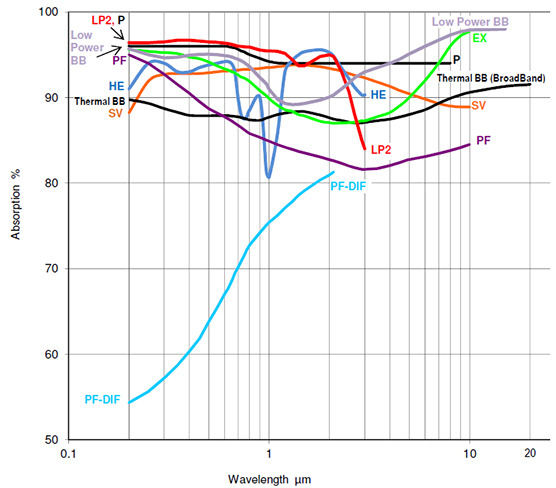Generally, a sensor is defined as an OEM sensor as soon as there is any deviation from the standard sensor characteristics in terms of technology, construction, or calibration. If the customer uses the Ophir sensor only for certain wavelength, it is – in most cases – worthwhile defining it as an OEM sensor with an individual calibration. This sensor will get an individual part number with a separate calibration documentation that will be added to our global data base. As soon as a sensor will be sent to one of our Ophir labs, the technicians perform the calibration based on that procedure. Herein, it might be documented that the sensor will be calibrated on certain points of one wavelength instead of checking only one calibration point for each wavelength.
An OEM calibration brings along significant economic and technical advantages for the customer. In terms of costs, defining an OEM sensor pays off as soon as one or more sensor of that type needs to be calibrated regularly. While the initial definition as an OEM sensor and the creation of the individual part number requires a fee, the costs per calibration are lower. The whole process needs less organizational effort on the customer side as well as in the lab, and both reliability and security are gained.
With an OEM calibration, the absolute accuracy of the sensor can technically be increased. The absolute accuracy of a power sensor mainly depends on the optical characteristics of the absorber coating in terms of its spectral behavior. Ideally, the sensor coating should have a flat spectral response; in reality, significant deviations in the response of the sensor can be seen with different wavelengths. In order to achieve an overall high absolute accuracy of the standard sensor, it needs to be calibrated at several wavelengths. Depending on the sensor type, Ophir sensors deliver an absolute accuracy compared to NIST or PTB-certified standards between 3-5%. With the OEM calibration as described above, all wavelengths that are not used by the customer will not be considered in the calibration process. The absolute accuracy can thus be optimized to 2-2.5%.
Laser power or energy sensors are often used in quality inspection. Regularly testing the sensor ensures and documents that all measurements are reliable and comparable. Any deviation of the laser beam can thus be detected directly and the production of faulty parts or waste of resources is avoided. Additionally, the individual OEM calibration of the sensor further increases the absolute measurement accuracy for specific applications. For further questions, please contact your sales engineer or our service team.


 Ultra-High Velocity
Ultra-High Velocity